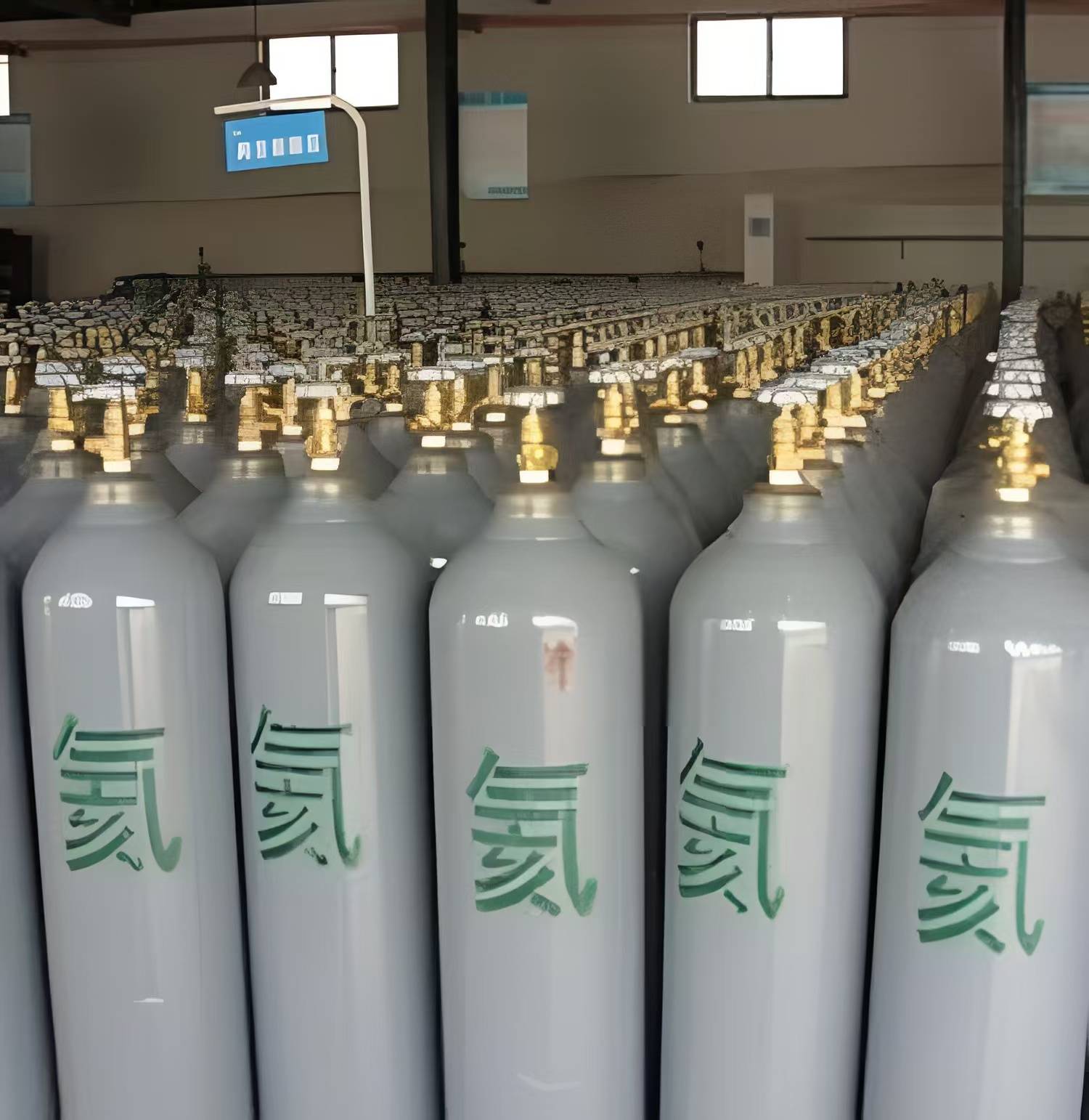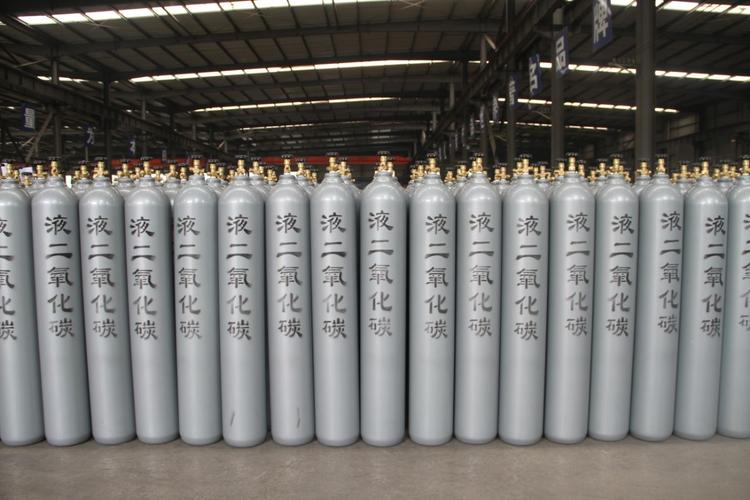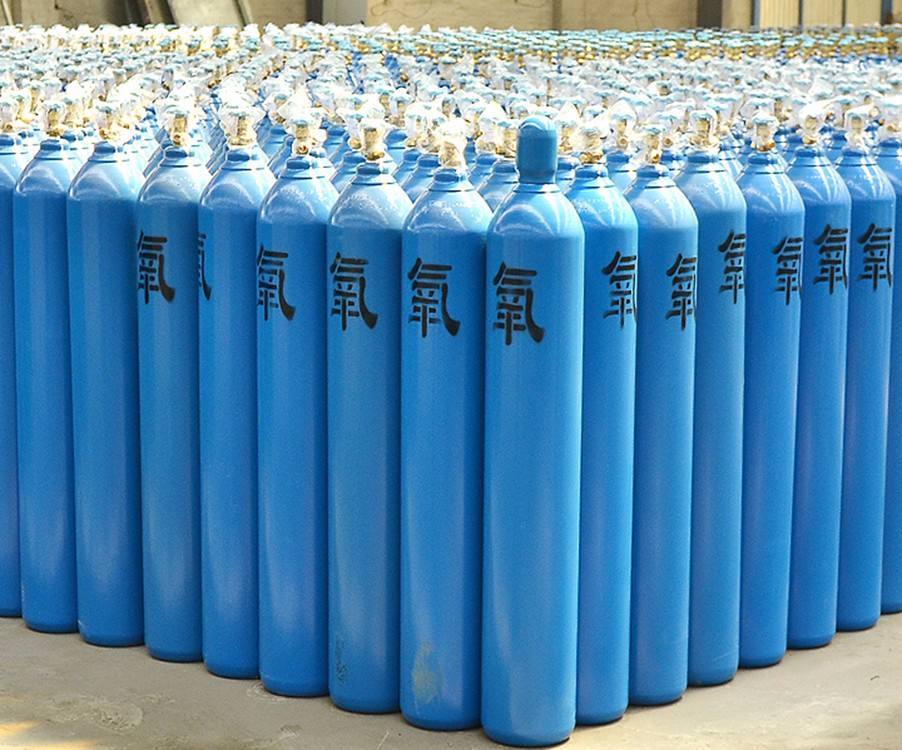What are the dangers of hydrogen to the human body
Release Time:
Sep 06,2024
With the widespread use of hydrogen in energy, industry and science, an understanding of its potential hazards is essential to ensure the safety of personnel. While hydrogen is not significantly toxic to humans in most cases, it can pose a number of potential risks under certain conditions. An in-depth understanding of these potential hazards will enable us to better take appropriate safety measures to minimise the risks associated with hydrogen.
With the widespread use of hydrogen in energy, industry and science, an understanding of its potential hazards is essential to ensure the safety of personnel. While hydrogen is not significantly toxic to humans in most cases, it can pose a number of potential risks under certain conditions. An in-depth understanding of these potential hazards will enable us to better take appropriate safety measures to minimise the risks associated with hydrogen.
Hydrogen is not significantly toxic to humans in general, but it may pose a danger under certain conditions. The following are some of the potential hazards associated with hydrogen:
1. Flammable and explosive: Hydrogen is a flammable gas. When hydrogen is mixed with oxygen in the air and reaches a certain concentration, a flammable gas mixture may be formed. If released near an ignition source or under inappropriate conditions, this mixture may cause an explosion.
2. Asphyxiation Hazard: Although hydrogen itself is not toxic, high concentrations of hydrogen can crowd out the oxygen in the air, resulting in lower oxygen levels in the air. In the absence of sufficient oxygen, it may cause asphyxiation hazard.
3. Hydrogen Leakage: Hydrogen is an extremely small molecule that can permeate and leak from many materials. Hydrogen leaks may form flammable mixtures in localised areas, increasing the risk of fire or explosion.
4, electrostatic ignition: Hydrogen has a low ionisation energy and may, under certain conditions, trigger a spark through static electricity, which can lead to a fire or explosion.
5, high-pressure storage: Hydrogen is usually stored at high pressure, which may increase the risk of container leakage, resulting in an explosion or hazardous release.
6. Freezing Hazard: Liquid hydrogen exists at extremely low temperatures and contact with it may result in cold burns.
Strict safety measures must be followed for handling hydrogen in laboratory, industrial and other scenarios. This includes proper storage, use and leak monitoring methods to minimise potential hazards and risks. It is vital to ensure that applicable safety standards and recommendations are followed in any activity involving hydrogen, and the following are some of the safety measures and recommendations:
1. Well-ventilated environments: In environments where hydrogen is used, ensure that there is adequate ventilation to prevent hydrogen build-up and excessive concentrations. Ventilation dilutes hydrogen and reduces the risk of explosion or asphyxiation.
2. Avoid open flames and sources of ignition: Avoid the use of open flames, spark-producing equipment or electronic devices around hydrogen. Hydrogen mixed with oxygen in the air can cause an explosion when exposed to an ignition source.
Avoid static electricity: Avoid static electricity build-up when handling hydrogen, as static electricity can create sparks around hydrogen and cause fires.
4. Correct storage and handling: When using hydrogen, follow correct storage and handling procedures. Hydrogen is usually stored at high pressure, so cylinders should be stored properly to avoid violent impact or damage.
5. Leakage monitoring: Install gas leakage monitoring devices in the area where hydrogen is used to detect hydrogen leaks and take measures to avoid dangerous situations.
6. Correct equipment: Use specially designed hydrogen equipment and tools to reduce the risk of leaks and hazards. Such equipment is usually explosion-proof and leak-proof.
Training and Awareness: Provide adequate training to staff involved with hydrogen so that they understand how to use, store and handle it correctly and how to take emergency measures in the event of a hazardous situation.
8. Personal Protective Equipment (PPE): Use appropriate PPE such as fire and explosion proof clothing, goggles and gloves where required to minimise risk.
9. Safety signs: Set up appropriate safety signs in the area where hydrogen is used to alert staff to potential hazards.
In summary, the proper use and handling of hydrogen is essential to ensure the safety of the work environment and the health of personnel. The risks associated with the possible hazards of hydrogen can be minimised by following applicable safety standards and recommendations, establishing strict operating procedures, and training staff on how to respond correctly to hazardous situations.









